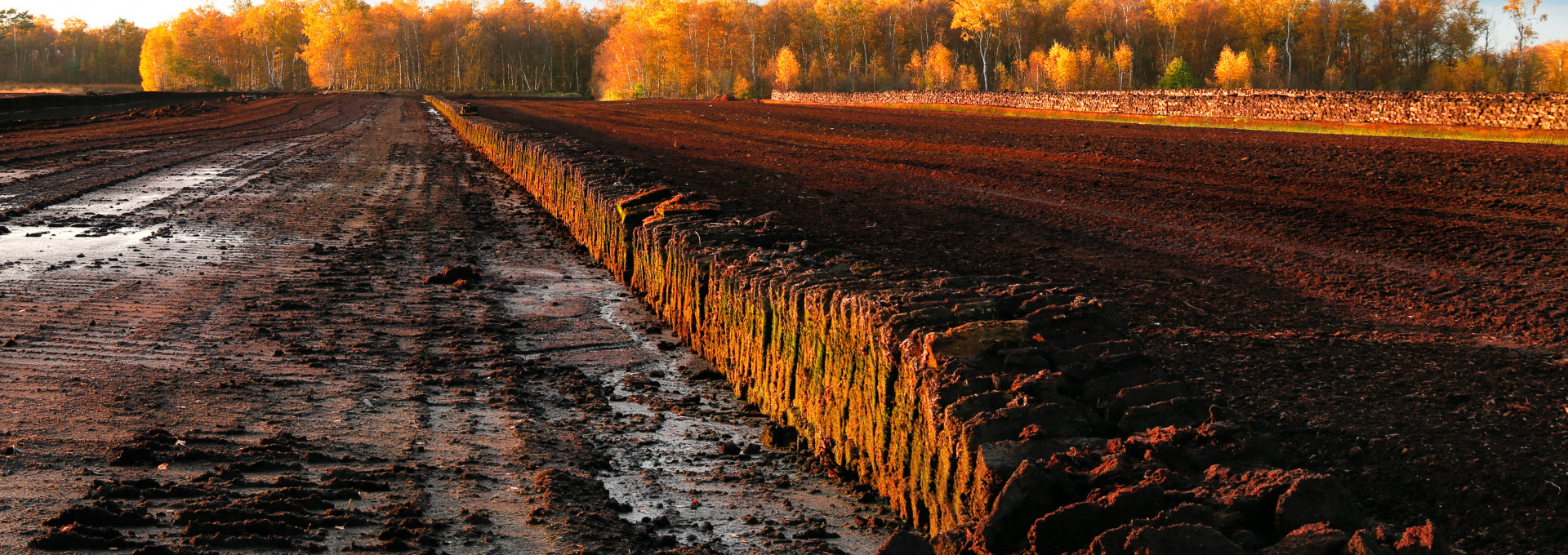



If the global temperature increase is to be kept at a tolerable level (regardless of whether it’s 1.5 or 2 degrees), then there’s a theoretical limit to the amount of CO2 that can be released into the atmosphere. If we subtract the amount of carbon dioxide humanity has released into the atmosphere so far from the maximum tolerable amount, the remainder is the carbon budget we’re left with. How to use it is the subject of intense climate policy debates.
Some of the carbon dioxide we release is trapped in what are called natural carbon sinks; these can be in the ground (such as bogs) or the ocean. But these carbon sinks also have limited capacity.
Various technologies have been developed to capture CO2, either right where it’s produced during combustion or from the air at any location. This targeted removal of CO2 from the atmosphere is already planned into many climate policies, though the technology is far from mature. There are various methods, and some are already in use.
In direct air capture (DAC), the CO2 is removed directly from the air and can then be stored or used for industrial purposes. In contrast, carbon capture and storage (CCS) processes involve collecting the CO2 produced during combustion and then storing it. This process is already in use, especially for burning biomass. Then it’s called bioenergy with carbon capture and storage (BECCS).


The first companies and plants are now working to earn money with CO2 recovery, mostly in Scandinavia and the United States. Currently the biggest DAC plant is in Iceland. “Orca” extracts 4000 tons of CO2 per year from the air and injects it into Icelandic bedrock. The process uses geothermal energy, which is readily available in Iceland. Much bigger plants, capable of capturing and storing up to a million tons of CO2 per year, are in planning. There are also commercial BECCS plants, for example, in the U.S. state of Illinois. In the future, the captured CO2 won’t only be injected into rock on land; the Northern Lights project aims to store millions of tons of CO2 under the North Sea off the coast of Norway.
But how can money be made with this technology? For one thing, companies and other stakeholders pay to have their CO2 emissions neutralized in this fashion – analogous to the established market for carbon offset certificates issued for climate action projects such as reforestation. Or the captured CO2 could be used later instead of merely being stored.